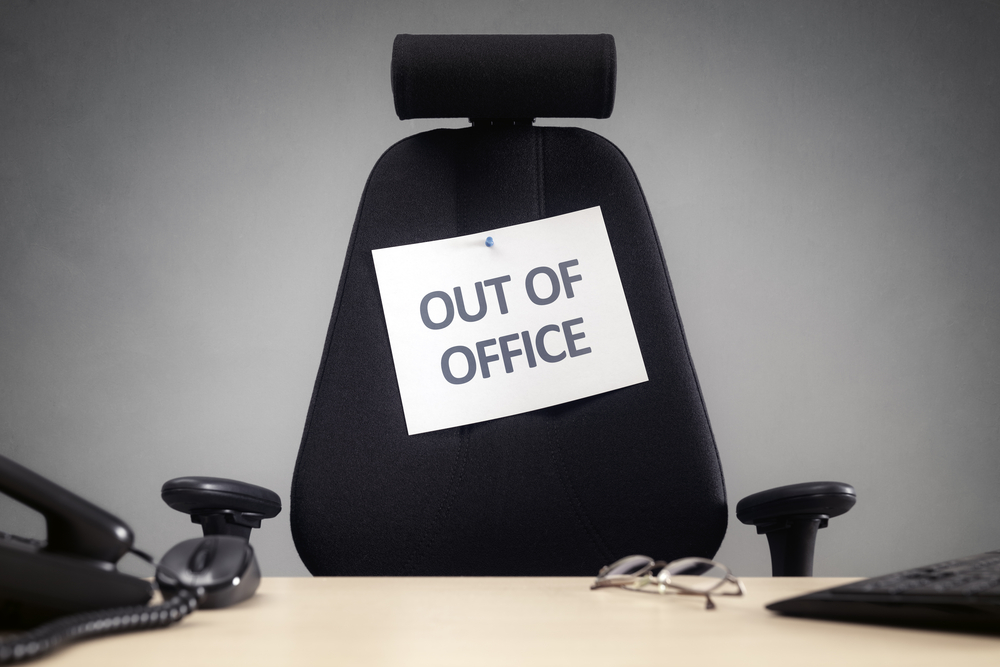As a business owner, especially in Perth, understanding the cost of your employees is important. And the long service leave entitlements of your work force can become a significant additional burden on the business and reduce your gross profit ratio.
Understanding your long service leave entitlements
The first step is to go to your employee’s contractual entitlements. If the contract says they are entitled to something more than the legislation then that is what is important. However, if the contract is silent then:
- Long service leave starts to accrue at 7 years and 6 months; and
- The employee is entitled to take long service leave from 10 years; and
- At 15 years the full cost of long service leave is 12 weeks.
The best starting point for individual advice is Wageline or your employment lawyer.
The impact of LSL on product pricing
However, the simple act of understanding your employee’s entitlements needs to translate into your everyday business operations. If an employee is entitled to an additional 12 weeks of leave every 15 years; as a family business owner you are in effect giving your staff 4 weeks and 4 days of annual leave each year: not 4 weeks.
The cost of long service leave, at this simple level, equates to an extra 1.54% of the cost of employment. With some businesses in a high turnover low margin industry, a clear understanding of the cost of employment is important to understand your pricing.
However, not all employees do become entitled to long service leave. Many will quit or move on. Many businesses never actually pay long service leave.
So we recommend that a business will start to record a long service leave entitlement for staff once they get to 5 years of employment. At the commencement of 5 years of employment the employee is not technically entitled to anything: but the likelihood that the employee will eventually become entitled becomes more likely. We start to acknowledge this likelihood in your profitability and forward cashflow and forecast balance sheet.
So if an employee is entitled to LSL at 7 years and 6 months, then from 5 years of employment we will begin to increase and acknowledge this cost.
In effect the cost of an employee from the 5 year anniversary to the 7 year and 6 month anniversary will accrue another 4.6% to the employees wage cost.
The primary benefit of accruing long service leave is to ensure a clear and stable net profit and gross profit ratio is coming through each month. This is the same proposal outlined in AASB Standard 19.
The alternate position is for a large cost to hit the profit and loss, at random intervals, and distort your financial data every time you look at it. If this alternative position is taken, sadly, confidence and trust in the business reporting is undermined. We then see family business owners running the show by their gut feel. And while we start to see this “gut feel” approach works at a micro business level, larger family business owners will ultimately struggle to understand the operations.
Tracking your long service leave
There are many sophisticated, and simple, cloud technology platforms that will track long service leave. Xero has an in-built payroll program that, with proper programming, does an adequate job. And for employers with more complex payroll needs Xero has add-on partners like Smart Payroll, Cloud Payroll and Tanda the reporting can become rich and tailored for your industry.
Even old-technology platforms like MYOB have a powerful payroll program that can track your employee’s long service leave entitlements well.
The one system that does a bad job at tracking long service leave is either not having a system (or Excel which is the same).
The tax impact of long service leave
If you make a provision for an employee’s long service leave the associated expense on your profit and loss is not a tax deduction. So the application of leave tracking is only to ensure that your business information is clear and your job pricing is accurate.
Sadly we see many, and some quite large, family owned businesses where the employee leave entitlements have been ignored. The only reason given is that long service leave is not tax deductible so the liability has never been considered.
Your business information platform is critical to ensure you have control and direction of your business. It is not to prepare a tax return.
If you are not getting real time business information, with real time forecasts comparing how you are tracking from your accounting system: it is nearly impossible to create a great business.
What if you have already a big liability for long service leave?
The long service leave liability on your balance sheet is a worry. As staff get paid more and more and become promoted the liability continues to increase. We see some businesses who are in a position (sadly) who are only able to pay their staff leave out in full if they sell the business.
So if you have a big liability the best thing to do is to acknowledge the problem with your staff. Your employees are all keenly aware of the problem. Encouraging and openly discussing a way to manage the problem with a considered and progressive reduction in leave is critical to running a great business.
If the response is that all staff are so critical to the business operations that nobody can take leave: then there is a deeper cultural problem at work in the business. The short answer is that people do take leave and the business does survive.
The alternate position is that you pay your staff their long service leave obligations in cash. Now it can be a scary proposition for a business where capital is tight: however, the leave is owed to the employee and you are better to progressively face a small crisis now rather than a crippling crisis later on.
If you do choose to pay your employees long service leave now it is critical that the payment is in writing. The leave entitlement is not a “bonus” and you cannot discuss it in that way and potentially confuse the employee. Make the understanding of what you are doing clear and clearly put it in writing so that you have evidence later on about what the payment represented.
A good employment lawyer is critical; get good advice and scale it up across your business.
As an employer you can choose pay out, with agreement from the employee, the leave entitlements from your staff after 10 years. You can then agree mutually every 5 years after that.
Either way you choose to deal with the long service leave entitlements of your staff: your family business must keenly understanding the cost of employment to get a good handle on business pricing and your forward cashflow forecasts. With clear understanding from an accountant who understands families you will manage this problem and get confidence in your reports so you can plan for the future.




